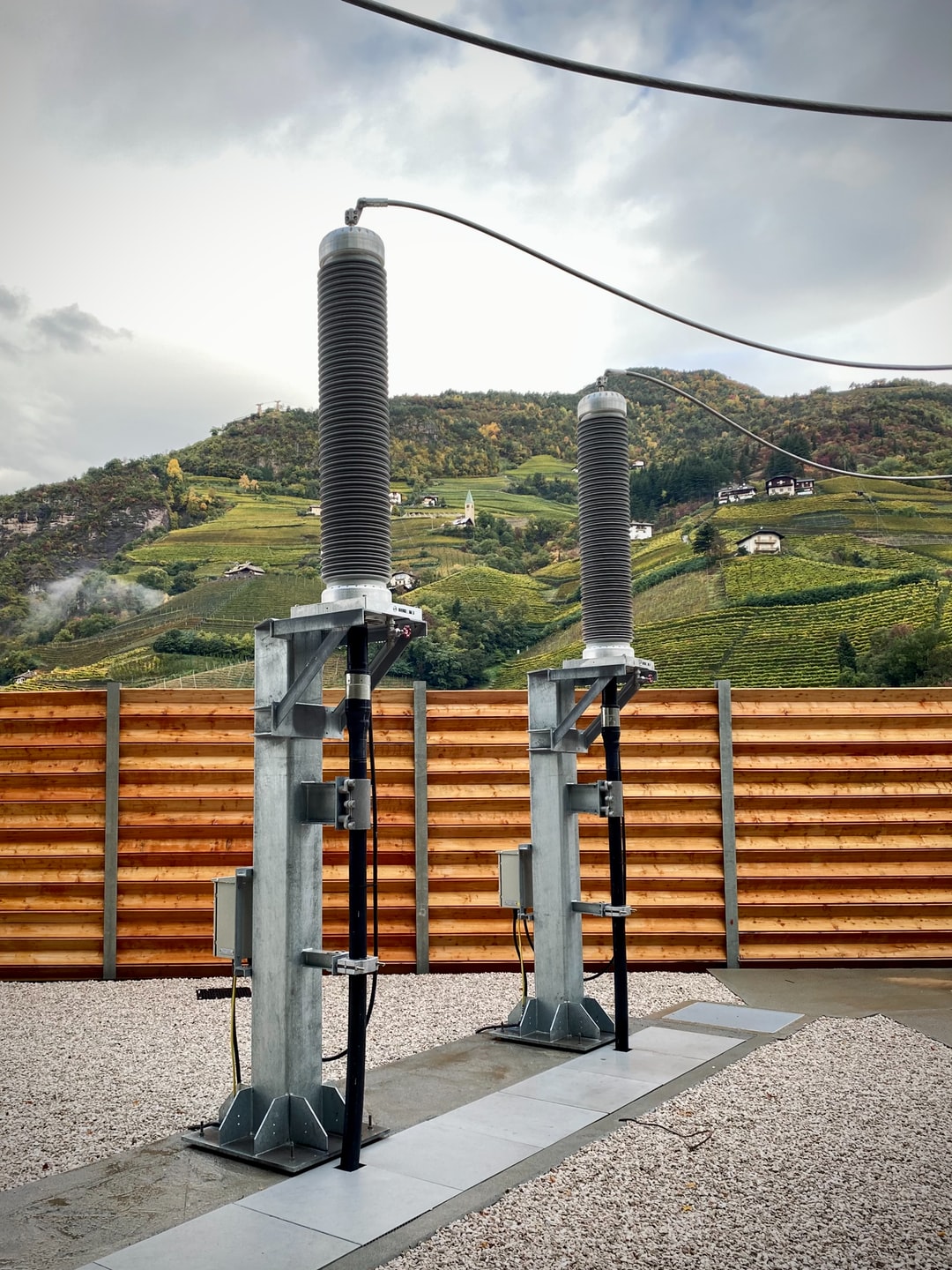In a World of Distributed Renewables, Who Is Going to Pay for the Power Grid and How?


In a World of Distributed Renewables, Who Is Going to Spend For the Power Grid and Exactly How?
Utility firms have a tendency to oppose the widespread adoption of distributed renewable generation. They say that because there is less energy streaming with their power grids, fixed prices should be topped a lowered quantity of kilowatt-hours, driving up the unit rate of power. Nonetheless, the truth is that power grids are burdened by irregularity in either supply or demand, not renewable resource in itself - it’s simply that solar and also wind power occur to be variable-output energy sources.
The vital to financing the power grid of the future depend on dealing with the core of the trouble: taking care of variability in both supply as well as need. The power grid can take on a brand-new billing structure that compensates customers that decrease variability, and also costs those who generate it.
Taking Care Of Irregularity in Supply
Charging a higher taken care of cost to all consumers that release industrial solar power varieties or wind generators will just reduce the fostering of these modern technologies. A much more efficient technique is to reward power storage to ensure that the power grid is not compelled to manage unexpected peaks in result from dispersed renewable power systems.
Utility companies can present an internet metering system where owners of dispersed sustainable generation system are paid a reduced feed-in toll when these energy resources are running at peak outcome. For instance, power from solar PV systems can be attributed at a reduced price in the hrs around midday, as well as at the complete list price far from these hrs. This develops a motivation to keep power throughout peak generation hrs, to be consumed later or provided to the grid when the complete retail price uses.
Proprietors of variable sustainable generation systems who don’t manage their supply properly are required to market their power at decreased prices, as well as the profit from this energy can be utilized by the utility company to help cover the cost of managing these supply peaks.
Taking Care Of Variability popular
Demand charges can be expected to play an extremely important function in the power grid of the future, as the amount of power in flow is decreased. Consumers who use numerous types of high-power tools concurrently place the highest possible worry on the power grid, so it makes sense to transfer grid possession expenses to them with raised demand costs. On the various other hand, consumers that control their optimals popular are billed lower power expenses as demand costs are lowered.
Need charges are effective for managing the peak demand of specific consumers, considering that they are calculated and also determined individually. On the other hand, time-of-day electricity rates accomplish the exact same result at the scale of the entire power grid: customers have an incentive to minimise their consumption when prices are high, while capitalizing on affordable off-peak electrical power.
Final thought
The power grid of the future can cover its prices by managing irregularity: energy generators that create supply heights are paid less, and also power customers who cause demand tops are billed greater. In both instances, the profit margin is enhanced for the power grid.
The reverse also applies: generators that trim their supply comes to a head earn even more per kWh created, as well as consumers that cut their need comes to a head pay decreased energy as well as ability costs. These generators and also consumers are really reducing the operating cost of the power grid, so it makes sense to share a part of the savings with them.
For more information go to http://www.solarbay.com.au




 Never miss a story from us, subscribe to our newsletter
Never miss a story from us, subscribe to our newsletter
Comments